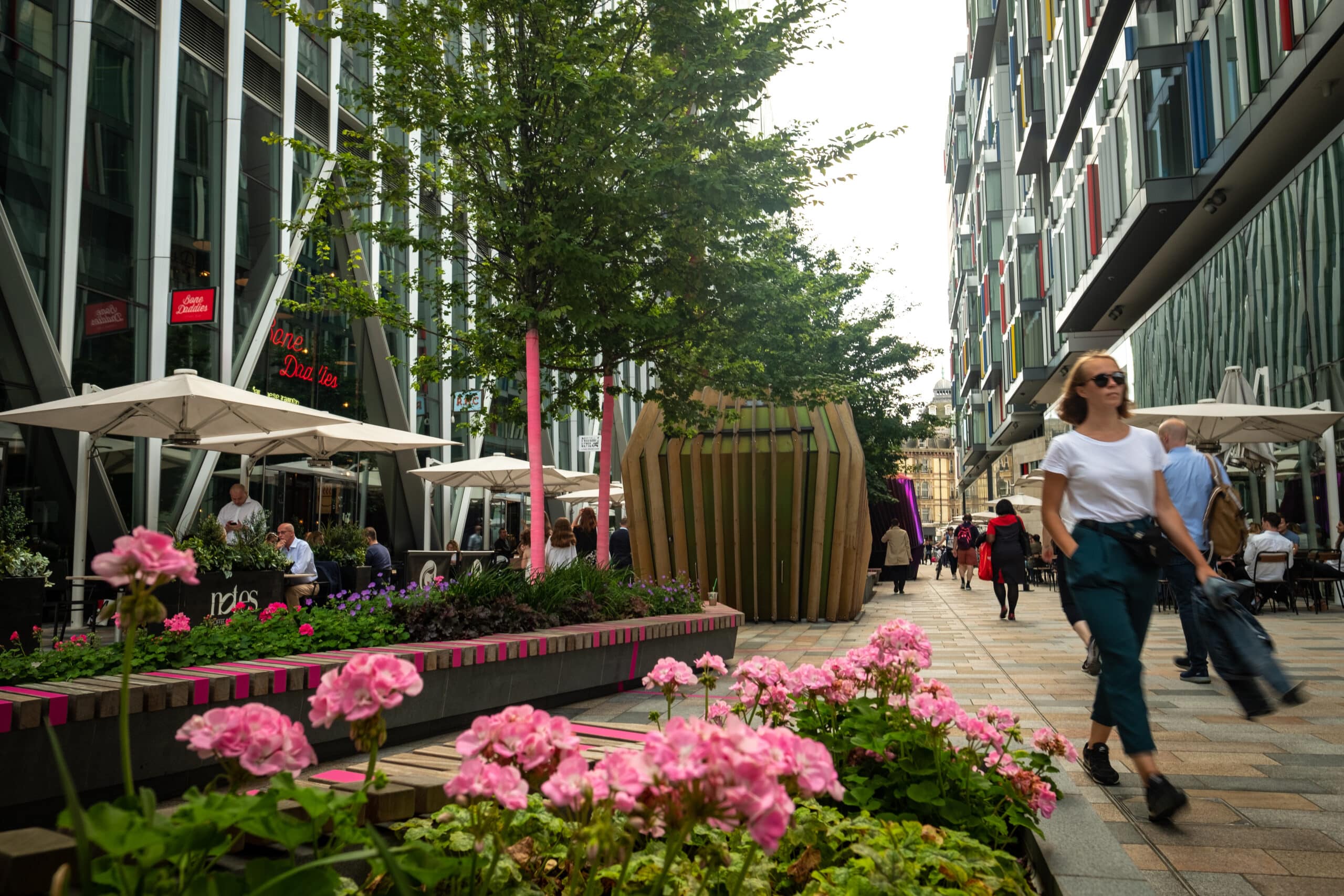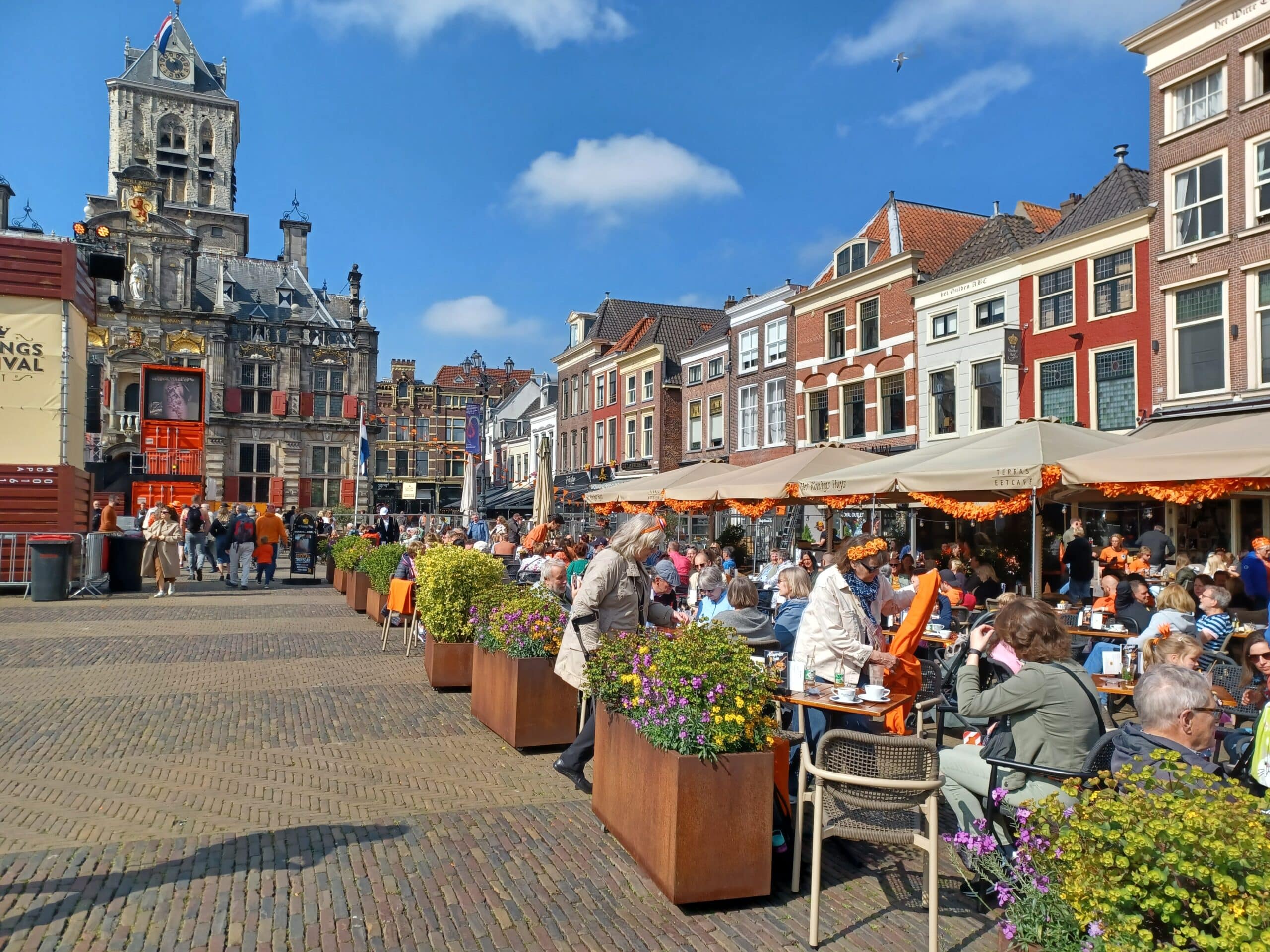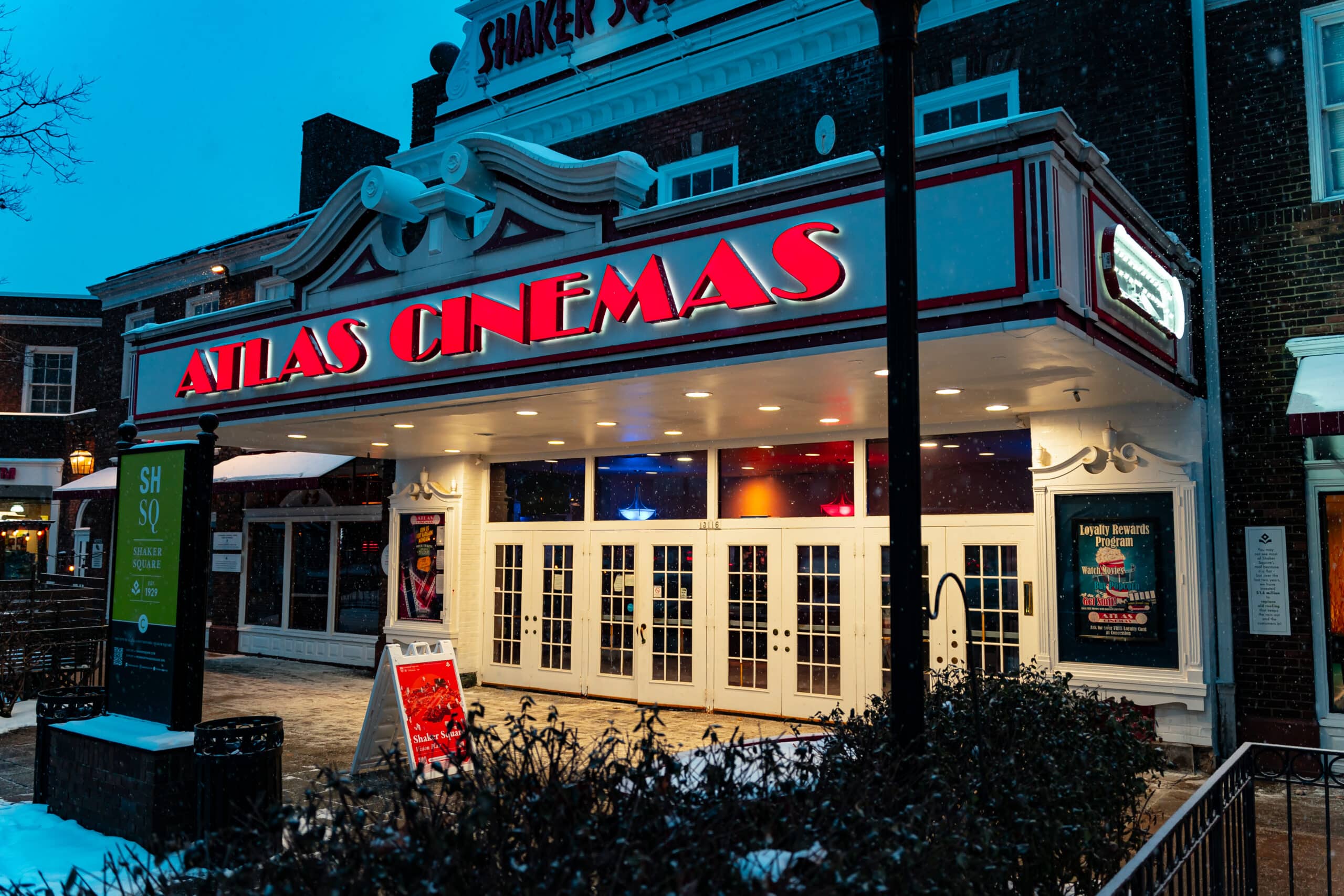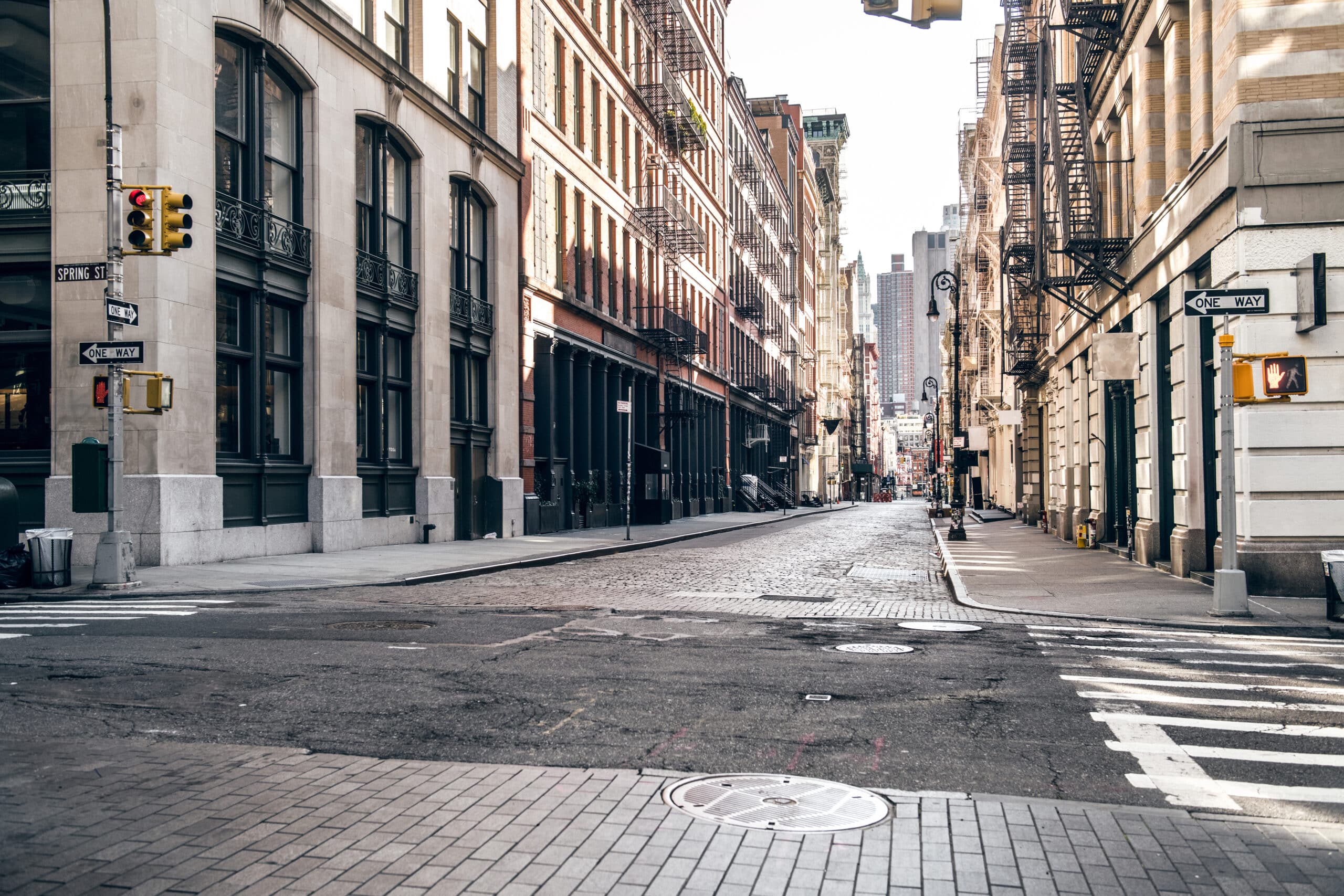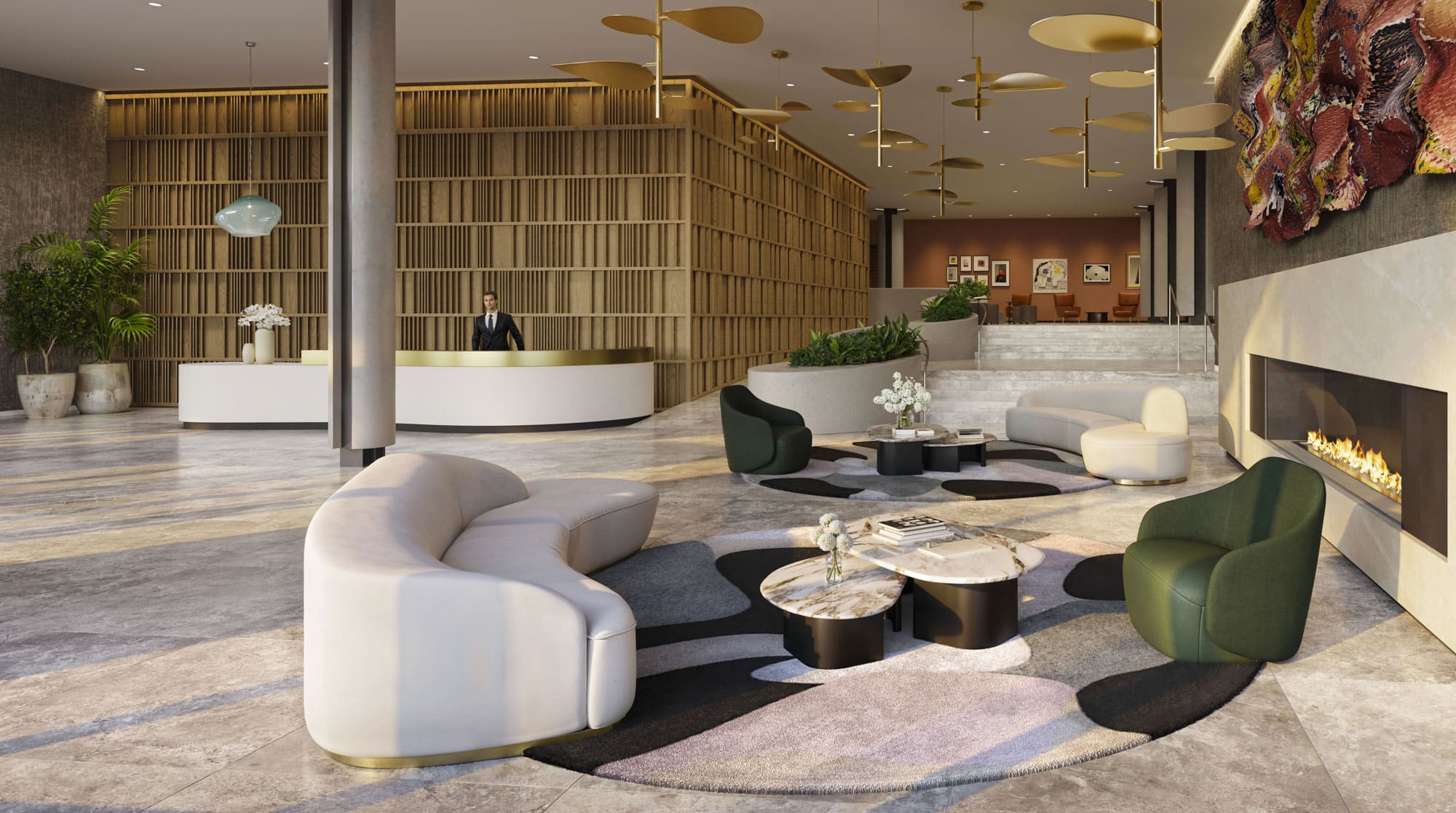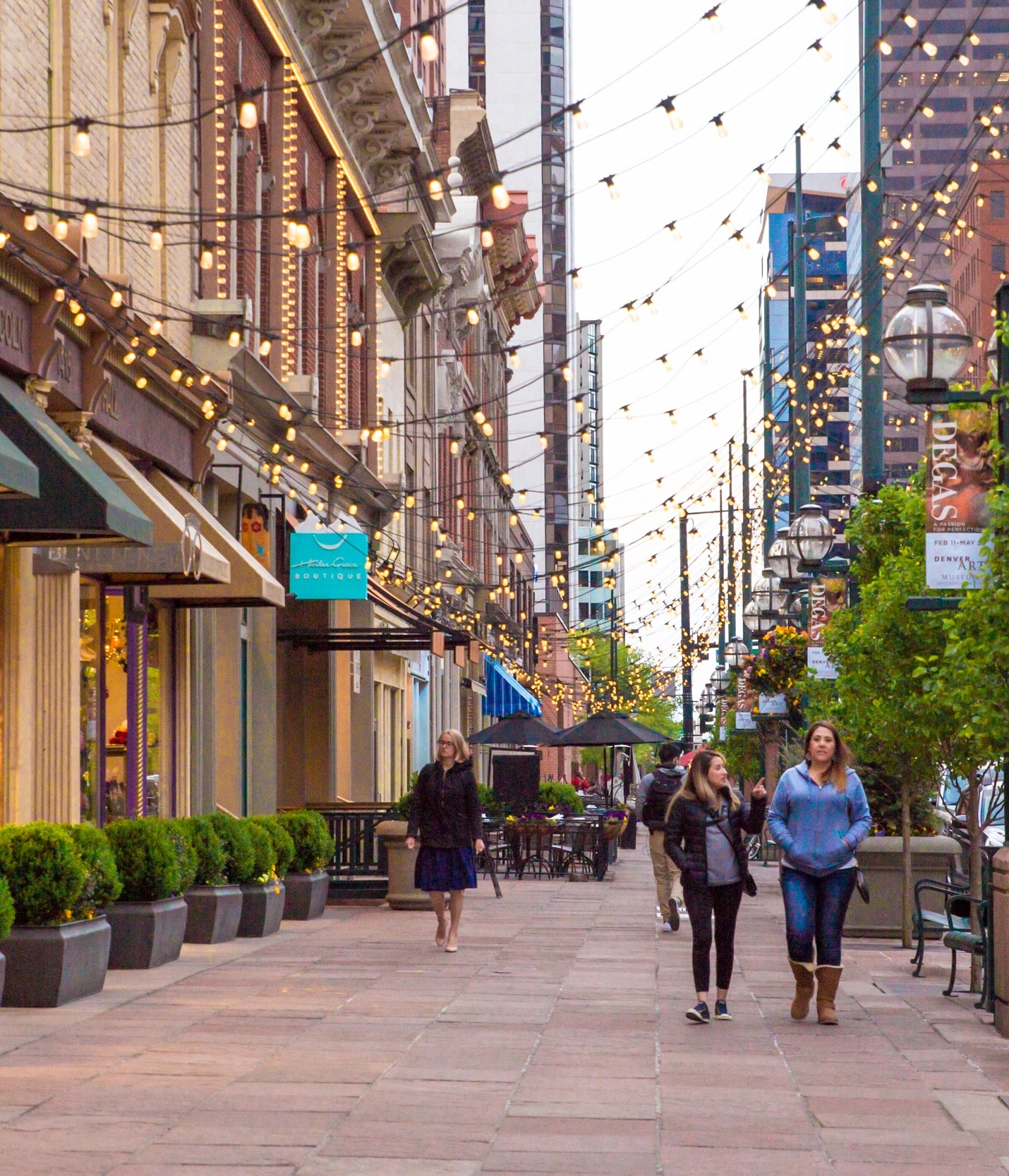ABSTRACT
You may have recently seen our article in the APA Planning Magazine, “Yes, You Can Convert Vacant Retail to Housing.” As designers, architects, planners, and real estate strategists, we are uniquely qualified to offer creative solutions to the challenges faced by both developers and cities in search of solutions to vacant space in search of productive use. This blog post offers insight from an internal charrette conducted with members of our creative collective.
–
The Problem
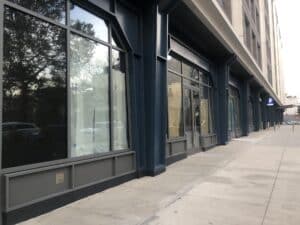
As place consultants, we understand the importance of ground-floor environments that are interesting, active, and comforting to pedestrians. However, as retail — and brick-and-mortar retail in particular — morphs before our very eyes, we have to acknowledge the truth: Too many cities simply have too much retail space and not enough productive retail uses to fill it. Yet cities, in pursuit of vibrancy, continue to apply zoning mandates for retail and/or commercial uses on the ground floor. The result is a structural oversupply of retail space that both contributes to higher vacancy rates while at the same time eliminating the possibility of ground-floor residential units, for which there is continued demand.
This challenge has come up frequently in our work. We often find that as much as 25 to 30 percent or more of ground floor spaces in many office-centric downtown environments are either inactive (filled with office, religious, or professional service activity) or vacant. This has become a growing and intractable issue, particularly in downtown environments most affected by the post-pandemic reality of hybrid work.
Of course, nothing in cities happens in a vacuum, and this phenomenon coincides with another growing threat to downtown environments — too little housing. A 2023 Up for Growth housing underproduction report sponsored by the American Planning Association found that the U.S. is short 3.9 million units of housing and the National Low Income Housing Coalition cites a shortage of 7.3 million affordable rental homes.
Neither of these issues are going away, and it’s time to acknowledge and devote research to innovative solutions. Residential uses on the ground floor are often restricted out of the belief that it would go against sound planning principles and diminish pedestrian comfort. However, at Streetsense we believe there are ways to bring residential uses to the ground floor, both through conversion and new build, that when done correctly can ensure both a comfortable public sphere for pedestrians and a private sphere for future residents. Drawing upon the interdisciplinary expertise of our uncommon collective, we have begun to explore tactical strategies for the successful conversion of formerly commercial space into productive residential uses.
The Streetsense Approach to Diagnosis
At Streetsense, our work begins with research. When starting a project, our first step is to determine whether there is a structural oversupply of retail space sometimes created by ground-floor retail requirements embedded in the zoning code. The evidence of an oversupply may also manifest itself in the scattering of retail activity throughout downtown, or it can look like concentrated pockets of vacancy immediately adjacent to strong nodes of retail activity. Turning this research into a story that can be communicated to public officials — and the general public — is critical if zoning modifications are ultimately required.
Once the regulatory hurdles are eliminated and residential ground floor uses becomes an option, there are a variety of tactical and creative solutions to address how this happens for both existing retail spaces and new build, starting with the interior and façade conditions and extending to how the space interfaces with the sidewalk in a way that creates a comfortable and interesting pedestrian experience.
Our interdisciplinary team of real estate strategists and designers recently came together to workshop solutions to this growing challenge. Our tips and insights include a focus on the solutions required for the space itself, which would be executed by the owner, and for the sidewalk and interface with the public realm, which would require engagement and in many cases approval from public officials.
When converting existing retail storefronts to new residential…
Interior Tips
One of the most significant challenges associated with the conversion of existing retail to residential is that many retail spaces are often quite deep, making the utilization of interior space without direct access to light and air a challenge. Owners may want to consider the following:
– Incorporate the use of “borrowed light”: Bedrooms and interior spaces without windows can utilize “borrowed light” through slatted wood, glass, or interior windows. Note: While not every jurisdiction requires bedrooms with windows, many do. If your jurisdiction requires every bedroom to have direct access to light and air, you first must modify your zoning requirements.
– Broaden the application of creative amenities in deep spaces: The deeper part of spaces might be utilized and marketed as storage, bathrooms, closets, home gyms, or utilities. Depending on the building, it might even be suitable for interior parking, which would require venting.
Exterior Tips
Storefronts often share an architectural language that is mercantile, including large single-pane windows intended for display and doors that are flush with the sidewalk. The level of transparency necessary for successful retail will also require some degree of mitigation if commercial space is to become an attractive option for residential use. While every conversion will need to be bespoke, successful strategies might include:
– Conversion from single-paned to multi-paned windows to help the façade feel more residential in nature.
– Raising the unit entry door a few steps will improve the transition from the public to private realm. This will also create a sense of security for residents who will be in a position of surveillance from their front door.
– Designing windows to let in natural light but keep out prying eyes, including interior barriers like translucent clings, one-way films, Roman blinds, and drapes, or exterior barriers like tall vegetation and louvered screens.
– Residential unit widths in 20’ to 25’ increments will enable a more human scale feeling, including front door entries at each unit.
– Street trees with landscaped tree surrounds help soften the street edge, provide summer shading, and improve the environment for both residents and pedestrians.
– Landscaping in pots, planters, or even small patios, that create a semi-private but attractive barrier between the sidewalk and the unit entry and windows. For this option to work, the sidewalk width must comply with local and federal accessibility clearances ranging from 3’ to 10’.
When building new multifamily with ground floor residential…
When communities have the opportunity to start from scratch and build ground-level residential, the following suggestions can help ensure that the space is use-neutral, meaning that it is built with the flexibility to be used for a variety of uses over the lifespan of the asset. Some tips include:
– Build the new first-floor slab at-grade: If the space ever changes from residential to retail in the future, retail entries need to be level with grade. For now, the residential front doors can be raised a few steps as described earlier.
– Create wide sidewalks: For now, they can fit a lovely landscape barrier to residential with even a small front yard and can fit a pleasant outdoor retail patio in the future if needed.
– Provide high floor-to-floor spaces as a baseline: This allows residential unit design to include desirable double-height lofts and to simplify natural light and air access. This will also allow future conversion to retail which needs this height.
– Design the façade with future flexibility in mind: Modular façade systems like curtainwall or storefront can be “infilled” now to give a residential feel and can be easily refilled in the future with larger glass panes suitable for retail.
– Flexible infrastructure: Residential air-conditioning, electrical, and plumbing systems are different and less intense than commercial retail systems. Work with engineers to ensure future commercial systems can retrofit easily.
We continue to explore solutions with our clients from both the public and private sectors, to ensure that vacant or underutilized ground-floor retail space is put to productive use. So, whether you are a developer exploring design solutions and/or facing pushback from planning officials, or a public sector agency looking for ways to decrease a structural retail oversupply, Streetsense is well-positioned to help you—contact us here to get started.
The Streetsense place consulting team leverages strategic and creative advisory services to solve complex real estate issues that enhance the value of places—whether they are new mixed-use developments, assets facing challenges, vibrant districts, or captivating destinations.
BACK TO LATEST



